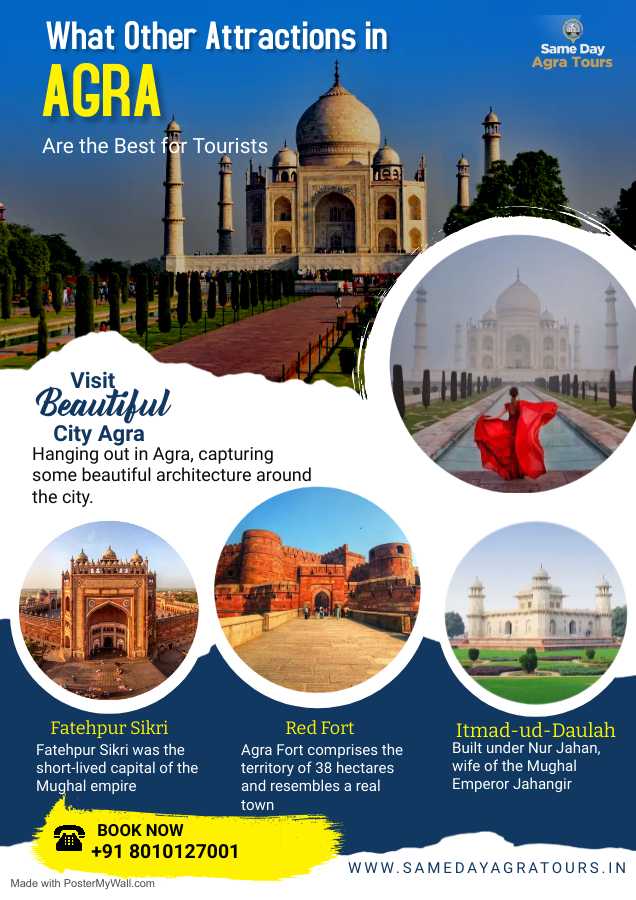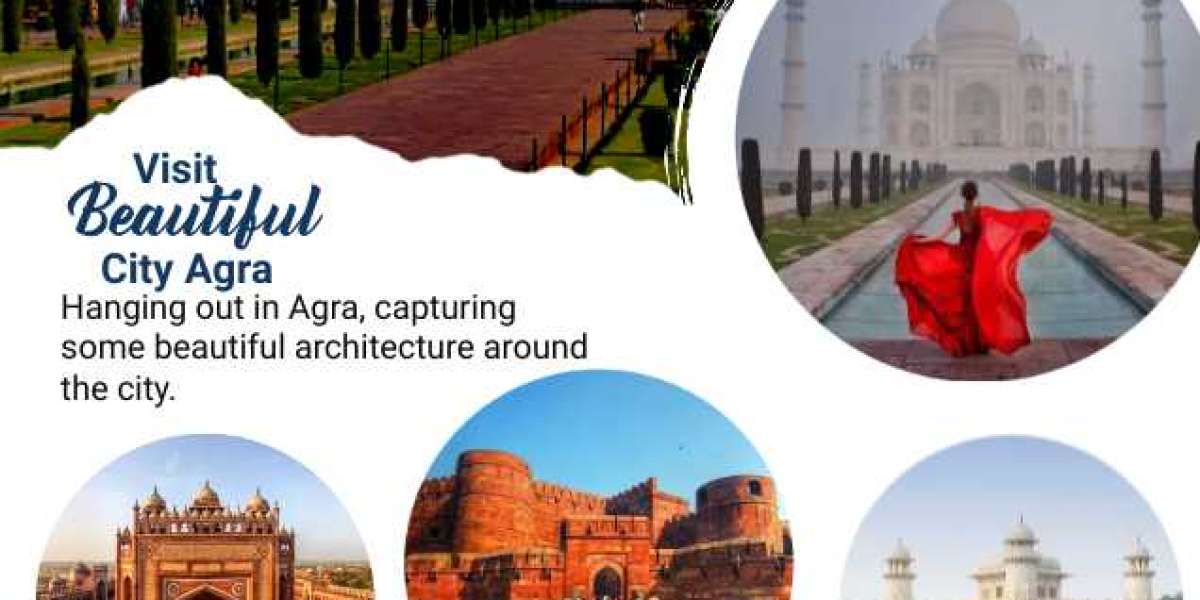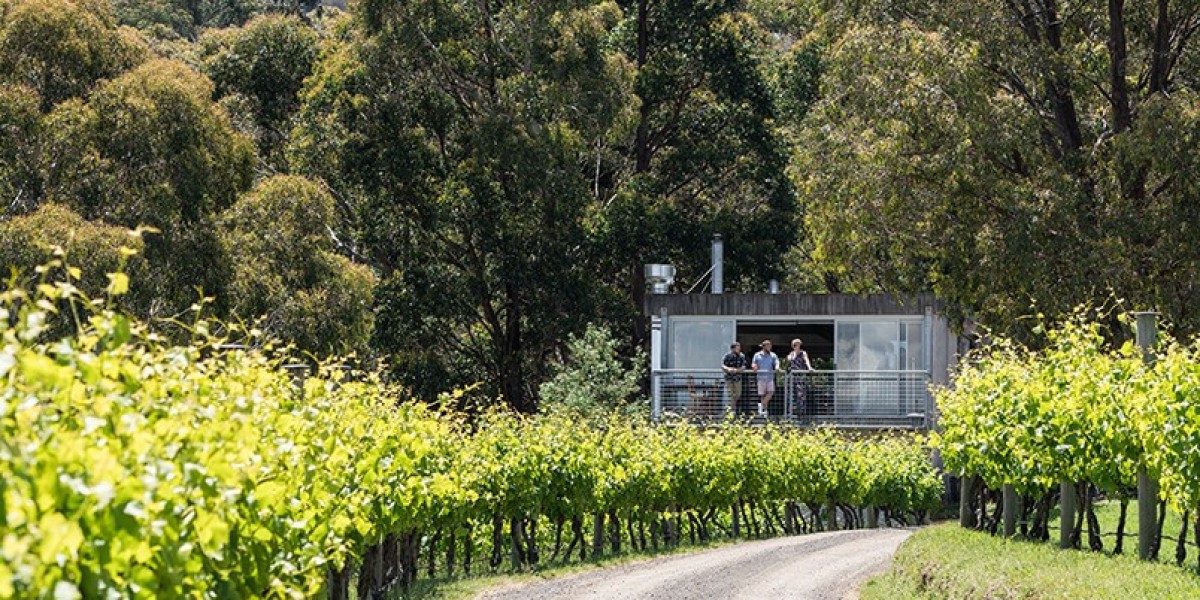
What Other Attractions in Agra Are the Best for Tourists?
When you think about Agra, the Taj Mahal is likely the first thing that springs to mind because it is one of the most well-known buildings in the entire world. Regardless of the time of year, the monument honouring love has the capacity to gather a sizable number of visitors.
People in northern India view the Taj Mahal as a representation of endless love. Visitors can find a lot more in Agra than just the famous monument, though. Agra, one of the top tourist destinations, and the area around it have a lot to offer visitors. You may still see many fascinating relics from the Mughal era before the Taj Mahal, along with the bustling, crowded street marketplaces of the Old City. It's simple to become lost in country life while yet being able to enjoy nature. Who knows what you'll uncover?
The Mughal, Persian, and local architectural styles are the main sources of inspiration for the monuments, mausoleums, and buildings.
A list of the most popular tourist places in Agra:
- Taj mahal, The Agra fort, 3. Mehtab Bagh, 4. Fatehpur Sikri, 5. Jama Masjid, 6. The Moti Masjid, 7. Khas Mahal, 8. Sikandra Fort, 9. Jodha Bai Ka Rauza, 10. The Tomb of Itmad-ud-Daulah
Suggested Tour: Agra Sightseeing Tour, Delhi to Agra Tour, Agra Fatehpur Sikri Tour
Taj Mahal
The Taj Mahal, one of the seven wonders of the world, is the most well-known monument in Agra. The building, which Shahjahan constructed for his wife Mumtaz, is revered as a representation of love. It is rumoured that Mumtaz Mahal and Shah Jahan's remains are interred beneath it.
It is an internationally renowned UNESCO World Heritage site. People come here alone, with friends, or with their families from all across India and the world. The building, which is said to have been finished in 1653, is the best and most exquisite example of Mughal architecture.
Timing: - 6:00 am to 6:30 pm every day except Fridays
Entry Fee: Rs 50 per person for Indians, - Rs 1300 per person for Foreigners.
Agra fort
The second most popular destination in the city is Agra Fort, one of the major tourist attractions. After the Taj Mahal, this is the city's most visited tourist location. The enormous palace is a "UNESCO World Heritage Site," and the Mughal Emperors lived there for many years while ruling over vast portions of India from Agra and building many of the well-known structures that can still be seen in this city today.
However, the majority of the fort dates all the way back to the 16th century, when fortifications were first erected at this vital point in Agra. The fort's sandstone walls, which are red, are well-known.
Timing: 6 am to 6 pm every day
Entry Fee: -Rs 40 per person for Indians, - Rs 550 per person for foreigners.
Khas Mahal
Within its blood-red walls sits the Khas Mahal, another exquisite palace contained within the enormous Agra Fort. Shah Jahan, the monarch who gave the order for the Taj Mahal to be built in memory of his queen, was imprisoned in this marble palace for many years after being overthrown by his son.
The pinnacle of his authority in India would have been to see the minarets of the Taj Mahal from the top of the tower. The Khas Mahal serves as a reminder of the Mughal dynasty's opulence
Must Read: Must Visit Attractions Around Agra
Mehtab Bagh
Mehtab Bagh is one of the city's most serene and lovely gardens and a popular tourist destination. The Taj Mahal, Agra's most magnificent structure, is visible from this vantage point without any traffic! You may assume that this lovely green garden was created after the Taj Mahal was designed given its nearly symmetrical placement across the river.
The gardens were previously erected by Emperor Babur before the Taj Mahal was later constructed. According to mythology, Emperor Shah Jahan intended to construct a second Taj Mahal in the same style on the grounds of Mehtab Bagh, where he intended to be interred after his passing.
Timing: 6 am to 5 pm every day
Entry Fee: -Rs 50 per person for Indians, - Rs 100 per person for foreigners.
Fatehpur Sikri
At one time, this served as the Mughal Empire's capital. Akbar founded the location, although he subsequently left it around 1610. It is famous for the enormous Buland Darwaza, which rises to a height of 54 m and is made entirely of red sandstone.
Agra is 40 kilometres away from Fatehpur Sikri, a city that is well-defended from all sides. The palace of Jodha Bai, Jama Masjid, Buland Darwaza, the tomb of Salim Chishti, and other notable sites are located at this UNESCO World Heritage Site.
One cannot help but feel in awe of the magnificence of this place, which reminds me of the exquisite and magnificent art and architecture that mediaeval India was famous for.
Timing: 6 am to 6 pm every day
Entry Fee: -Rs 10 per person for Indians, - Rs 250 per person for
Jama Masjid
Without discussing Jama Masjid, a comprehensive guide to Agra’s must-see tourist places would be incomplete. Although it is a religious monument, its incredible height and architectural complexity make it a popular tourist attraction. There are three entrances inside the four-minaret Masjid, which can hold up to 25,000 worshipers.
There’s something magical about Redstone with its soaring domed ceiling, massive arches, and beautiful tapestry. The golden lettering on a royal blue background makes this “World Heritage Site” a must-see destination.
Timing: 6 am to 6 pm every day
Entry Fee: -Rs 10 per person for Indians, - Rs 250 per person for foreigners
The Moti Masjid
One of Agra’s most popular attractions is the Moti Masjid. In terms of architectural standpoint alone, the Moti Masjid is a must-see for anybody visiting Agra. Moti Masjid, also known as the Pearl Masjid, was constructed by Mughal king Shah Jahan and has a dazzling white exterior that shimmers in the sunlight. Only members of the “Royal Court” were allowed to use it.
The Moti Masjid’s interior features a stunning white colour scheme. The courtyard’s focal point is a white marble tank. The marble pillar sundial is a testament to the previous era’s architectural brilliance. There are numerous arches leading to the mosque’s prayer hall, however the mosque’s primary entrance is situated on the East side.
Timing: 5 am to 10 pm every day
Entry Fee: - No Entry Fee
Sikandra Fort (Akbar Tomb)
Jehangir constructed this building in 1613. It was constructed with red sandstone and features some marble decorations. The calligraphy and ceilings are both quite visually appealing.
It is situated in a region called Sikandra on Mathura Road, National Highway 2. The erection of this tomb was allegedly remembered by Akbar personally, according to mythology. There are several inscriptions on the tombs' walls, and they are located 15 kilometres away from Taj Mahal.
Timing: 10 am to 6 pm every day
Entry Fee: - Rs 15 per person for Indians, - Rs 110 per person for foreigners
Jodha Bai Ka Rauza
Also known as Jodha Bai's Palace, this was the home of Jodha Bai, the first Rajput consort of Emperor Akbar. Just a few blocks separate the palace of Jodha Bai from Jahangiri Mahal. The building, which integrates many of the distinguishing architectural characteristics of Gujarat and Gwalior, is a striking example of Indo-Mughal architecture.
Six kilometres separate the Agra Fort from the Rauza, or Palace. Through tiny openings in the palace's interior, the Taj Mahal may be seen. This palace, which is part of the Fatehpur Sikri neighbourhood, stands as a monument to Akbar's tolerance of many religions. The profusion of mural artwork that includes peacocks, elephants, lotuses, and other flora and fauna is a testament to the harmony between the two religions.
Timing: 6 am to 6 pm every day
Entry Fee: -Rs 10 per person for Indians, Rs 250 per person for foreigners
The Tomb of Itmad-ud-Daulah
One of the architectural wonders of Agra is Itmad ud-Tomb. Daulah's It is a visual treat to study its fine inlays and detailed carvings. It is thought that the "Baccha Taj" served as the model for the Taj Mahal (a scaled-down replica of the Taj).
A beautiful example of Islamic architecture and design, this white marble mausoleum is situated on the banks of the Yamuna River. It takes seeing the edifice to really appreciate the ornately sculpted arches, immaculate minarets, intricate inlay work, stunning floral works, and artistic marble utilisation.
Timing: 6 am to 6 pm every day
Entry Fee: Rs 15 per person for Indians, Rs 110 per person for foreigners
 " class="wow_main_float_head_img">
" class="wow_main_float_head_img">






